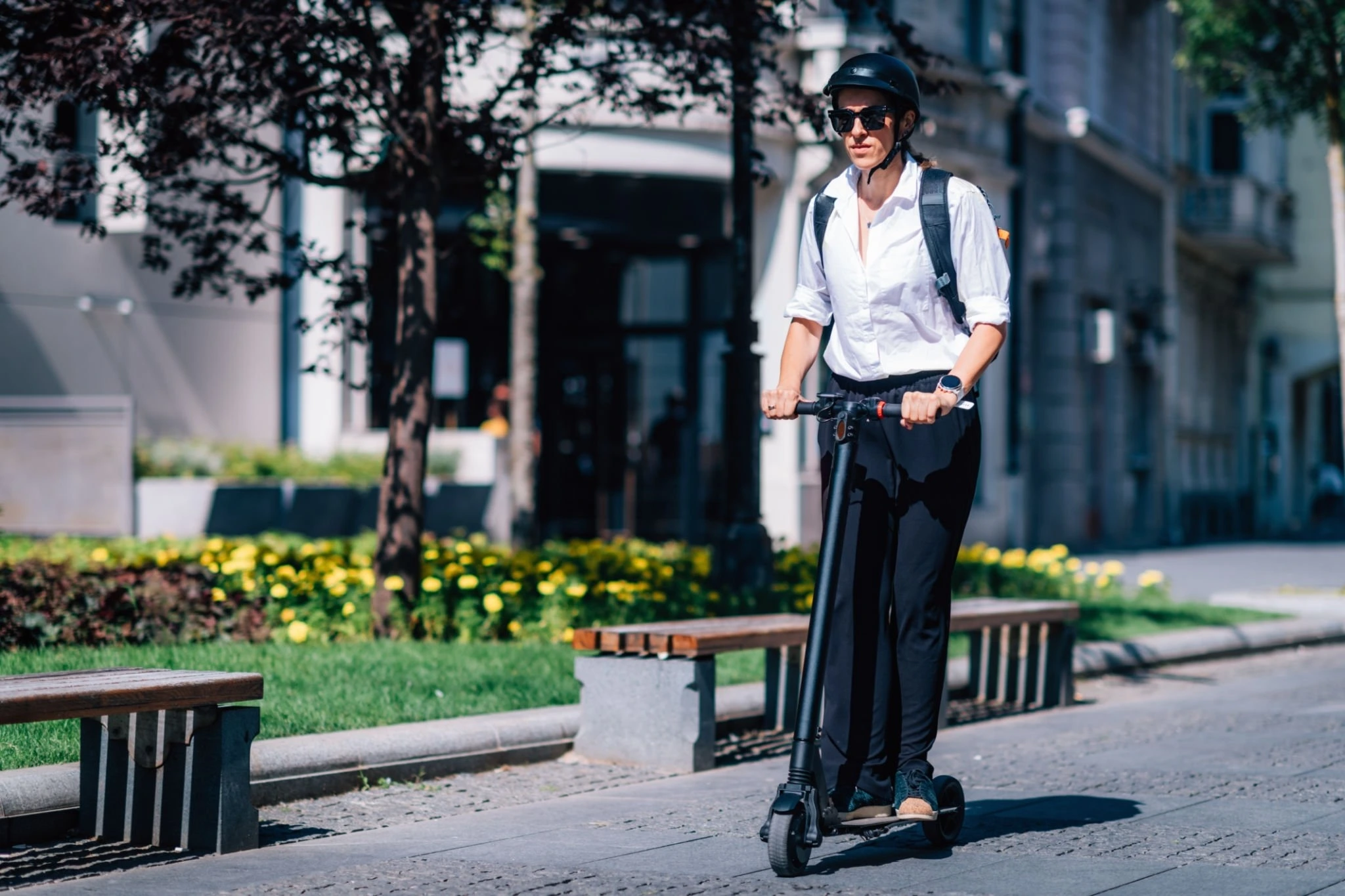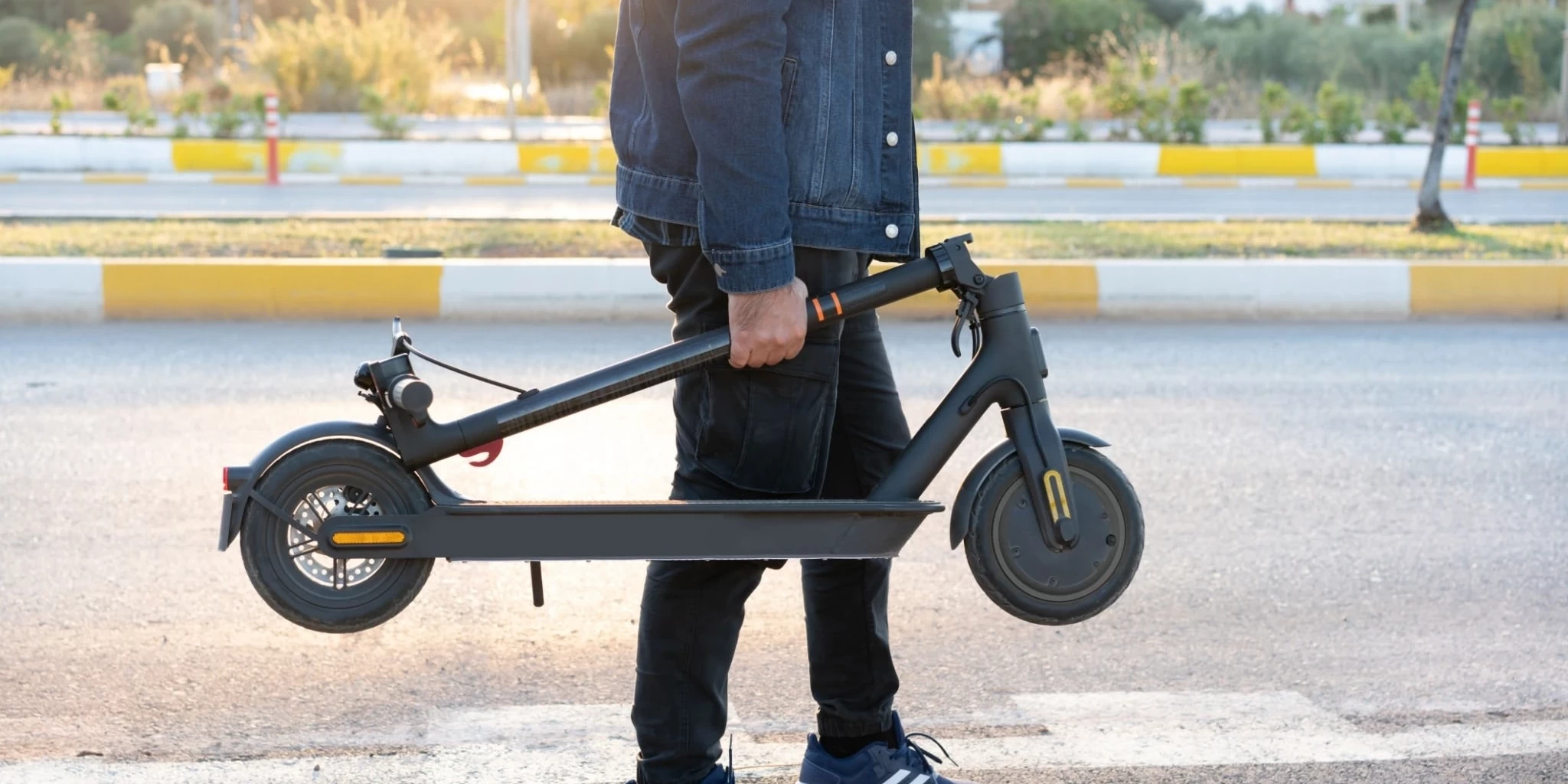Jump to:
E-scooters have become incredibly popular over the past few years as a convenient and efficient mode of transportation. However, the rise in e-scooter usage has led to an increase in safety concerns and accidents. Many individuals believe that e-scooter manufacturers need to develop specific safety guidelines for their riders. In this blog post, we will examine the current state of e-scooter safety guidelines, including the unique safety concerns users face when using e-scooters on the road and sidewalks. We will also consider potential ways riders can help increase their safety and discuss government regulation of e-scooters.

Background On E-Scooters And Their Rise In Popularity:
E-scooters are electric scooters that have become incredibly popular in urban areas. They offer a quick and convenient way to travel short distances; users can access them via smartphone apps. Users can find e-scooters on the street, unlock them with their phones, and pay for their usage by minute or distance travelled.
The popularity of e-scooters can be attributed to their convenience and ease of use. E-scooters offer a solution for short-distance travel that is easier and quicker than walking or taking public transportation. As a result, the e-scooter market has expanded rapidly, with numerous companies entering the market. However, the rise in e-scooter usage has also led to an increase in safety concerns and accidents.
E-Scooter Safety Concerns And Accidents:
The increase in e-scooter usage has led to increased accidents and safety concerns. Injuries from e-scooter accidents can be severe, including broken bones, head injuries, and even death. Common accidents include collisions with other vehicles, pedestrians, and even stationary objects like poles and curbs.
One of the primary safety concerns related to e-scooter usage is rider behaviour. E-scooters can reach up to 15 mph, which can be dangerous when ridden recklessly. Riders may weave in and out of traffic, ignore stop signs and traffic signals, and depend on sidewalks, creating hazardous pedestrian situations. Additionally, riders may not be equipped with proper safety gear, such as a helmet, further increasing the risk of injury.

Specific To E-Scooter Safety Concerns On Roads And Sidewalks:
E-scooters present unique safety concerns when used on roads and sidewalks. E-scooters can be difficult for motorists to see when ridden on the street, leading to collisions. Additionally, e-scooters are often hung on sidewalks, creating dangerous pedestrian situations. Riders may travel at hazardous speeds, pay little attention to their surroundings, and weave in and out of pedestrian traffic.
E-scooters also present challenges for those with disabilities, as they can be difficult to navigate, creating hazardous situations. For example, riders may park e-scooters in the middle of sidewalks, creating obstacles for wheelchairs or mobility devices. Furthermore, e-scooters can be particularly hazardous at night, as they may be challenging to see, increasing the risk of accidents.
Is The Lack Of Guidelines From E-Scooter Manufacturers A Problem?
While e-scooter companies have attempted to address safety concerns, manufacturers’ lack of specific safety guidelines can be problematic. Without particular guidelines and recommendations, it can be difficult for riders to know how to operate their e-scooters safely. Additionally, without standards set by manufacturers, the quality of e-scooters available on the market can vary widely, further complicating safety concerns.
E-Scooter Companies And Their Response To Safety Concerns:
Several e-scooter companies have attempted to address safety concerns related to their products. For example, some companies have implemented speed limits, require riders to wear helmets, and offer safety training for riders. However, these measures do not go far enough to address all of the safety concerns related to e-scooters.
What Safety Measures Can Riders Take?
While e-scooter companies can help address safety concerns, riders are also responsible for ensuring their safety. Riders should always wear helmets, follow traffic laws, and avoid riding on sidewalks when possible. Riders should also be aware of their surroundings, especially when riding at night, and should never ride under the influence of drugs or alcohol.
Additionally, riders should inspect their e-scooters before use, ensuring the brakes and lights function correctly. Furthermore, riders should park their e-scooters responsibly, avoid obstructing sidewalks and walkways and use designated e-scooter parking areas when available.

Government Regulation Of E-Scooters And Safety Guidelines:
Government regulation of e-scooters is complex and varies by jurisdiction. However, many cities have implemented rules related to helmet usage, rider behaviour, and parking. Furthermore, some cities have implemented bans on e-scooters entirely due to safety concerns.
Government regulation of e-scooters can help improve safety, but it may not be enough. E-scooter companies must also play a significant role in promoting safety by developing clear and specific safety guidelines.
E-scooters offer a convenient and efficient way to travel short distances but also present unique safety concerns. The lack of specific safety guidelines from e-scooter manufacturers can be problematic, and riders are responsible for ensuring their safety. While government regulation can help, it may not be enough. Ultimately, e-scooter companies must significantly promote safety by developing clear and specific safety guidelines. By working together, riders, manufacturers, and governments can ensure that e-scooters remain convenient and safe transportation.
Peaker
Meet Peaker, our suave electric scooter enthusiast from the charming streets of London. With a passion for sustainable urban mobility, Peaker navigates the world of electric scooters with a keen eye for style and efficiency. Whether he's zipping through the city or sharing his latest scooting adventures, Peaker is your go-to guide for all things electric and eco-friendly. Join him on the ride towards a greener, swifter future!




